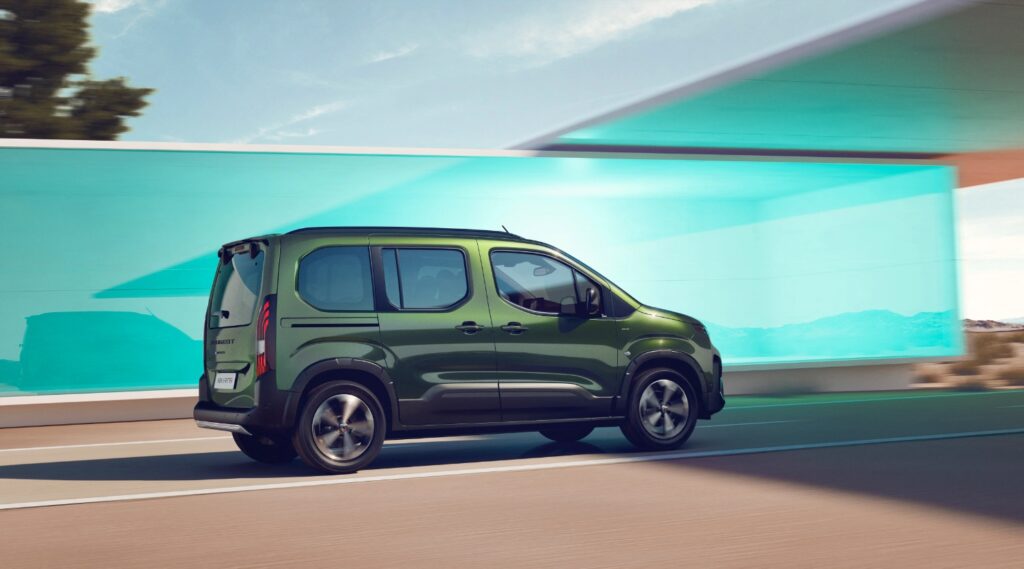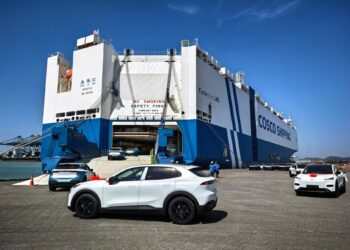Acquiring a light commercial vehicle is a strategic decision that can significantly influence the efficiency and profitability of your business. This type of vehicle is not just a means of transportation; it is an essential tool that can optimize logistics operations, improve customer satisfaction, and even reduce long-term operational costs. With the market offering a wide range of options, from compact models to more robust vehicles, it is crucial to make an informed choice that meets the specific needs of your activity.
The selection of the right vehicle involves a careful analysis of multiple factors. The payload capacity, for example, will determine the amount of goods or the number of passengers it can transport efficiently. Fuel consumption and engine type have a direct impact on daily costs and the environmental footprint of your business. Additionally, aspects such as safety, comfort, and technology can influence driver productivity and your company’s image with customers.

In an increasingly competitive business environment, the versatility and adaptability of the vehicle also stand out. The ability to customize the cargo space or convert the interior for different purposes can be an important differentiator. And we must not forget the total cost of ownership, which includes not only the purchase price but also maintenance, repair, and depreciation expenses over time.
This detailed guide has been prepared to help you navigate through all these considerations in an organized and efficient manner. By understanding each of the critical aspects in choosing a light commercial vehicle, you will be better equipped to make an investment that yields returns and fully meets the demands of your business.
Load Capacity and Space
Maximum Load Weight: It is essential to know the weight limit that the vehicle can carry. Exceeding this limit can not only cause damage to the vehicle but also pose a safety risk and violate road legislation.
Load Volume: Assess the available space in cubic meters. An adequate load volume allows for optimized routes and reduces the number of trips required, increasing operational efficiency.
Space Configuration: The flexibility of the interior space, such as removable or foldable seats, can be a significant advantage. This allows for the vehicle to be adapted to different types of loads or the number of passengers, depending on the day’s needs.

Fuel Consumption
Fuel Efficiency: A vehicle that consumes less fuel reduces operational costs and is more environmentally friendly. Check the technical specifications to know the consumption in kilometers per liter or liters per 100 km.
Types of Fuel: Consider whether it is more advantageous to opt for a diesel, gasoline, hybrid, or electric vehicle. Electric and hybrid vehicles may have a higher initial cost but offer long-term savings and tax benefits.
Range: The distance the vehicle can travel without needing to refuel is crucial for route planning, especially in remote areas or those with few charging infrastructures.

Performance and Engine
Engine Power: The power and torque determine the vehicle’s ability to carry heavy loads and tackle difficult terrains. A more powerful engine may be essential for certain operations, but it can also imply higher fuel consumption.
Transmission: The choice between manual, automatic, or CVT transmission can affect fuel consumption and driving comfort. Automatic transmission is generally more comfortable, while manual may offer greater control and efficiency.
Towing Capacity: If your business requires towing other vehicles or equipment, check the towing capacity specified by the manufacturer to ensure it meets your needs.
Safety
Driver Assistance Systems: Technologies such as ABS, ESP, braking assist, and traction control enhance safety and can prevent accidents, protecting both drivers and the loads being transported.
Safety Ratings: Checking the results of crash tests, such as those from Euro NCAP, provides an independent assessment of the vehicle’s safety.

Comfort and Convenience
Standard Equipment: Features such as air conditioning, quality sound systems, and GPS navigation are not just luxuries; they can enhance driver comfort and efficiency in daily operations.
Ergonomics: Comfortable and adjustable seats, as well as a well-designed cabin, reduce driver fatigue, especially on long trips.
Passenger Space: If transporting people is part of your business, ensure that the vehicle provides sufficient space and amenities for a pleasant journey.
Technology and Connectivity
Infotainment Systems: A modern infotainment system with a touchscreen and compatibility with Apple CarPlay and Android Auto makes communication and access to useful applications easier.
Connectivity: The presence of Bluetooth, USB ports, and Wi-Fi allows drivers to stay connected, which can be essential for logistical coordination and customer service.
Driving Assistance: Technologies such as adaptive cruise control, parking sensors, and rearview cameras not only enhance safety but also facilitate maneuvers in tight spaces.

Total Cost of Ownership
Purchase Price: While the initial cost is an important factor, it is essential to consider the long-term value that the vehicle will bring to your business.
Maintenance and Repairs: Inquire about recommended maintenance intervals and associated costs. Vehicles with easily available parts and accessible technical support can save time and money.
Resale Value: Some vehicles retain their value better than others. A high resale value can be advantageous if you plan to upgrade your fleet in the future.
Versatility and Adaptability
Customizable Configurations: The ability to add specific equipment, such as shelves, refrigeration systems, or access ramps, can make the vehicle more suitable for your business needs.
Ease of Conversion: A vehicle that can be easily adapted for different uses offers greater flexibility and can be a smarter investment.

By considering all these aspects, you will equip yourself with the necessary knowledge to make an informed decision. Remember that the ideal vehicle is one that balances operational needs with costs and offers room for future growth and adaptation.
If you are looking for light commercial vehicles that meet these criteria, you might consider semi-new and used options to explore a wide variety of choices. With the right selection, your new vehicle will be a valuable ally in driving your business towards success.









